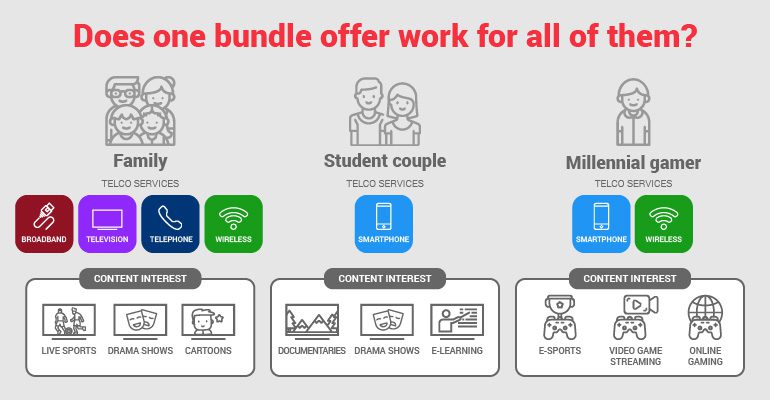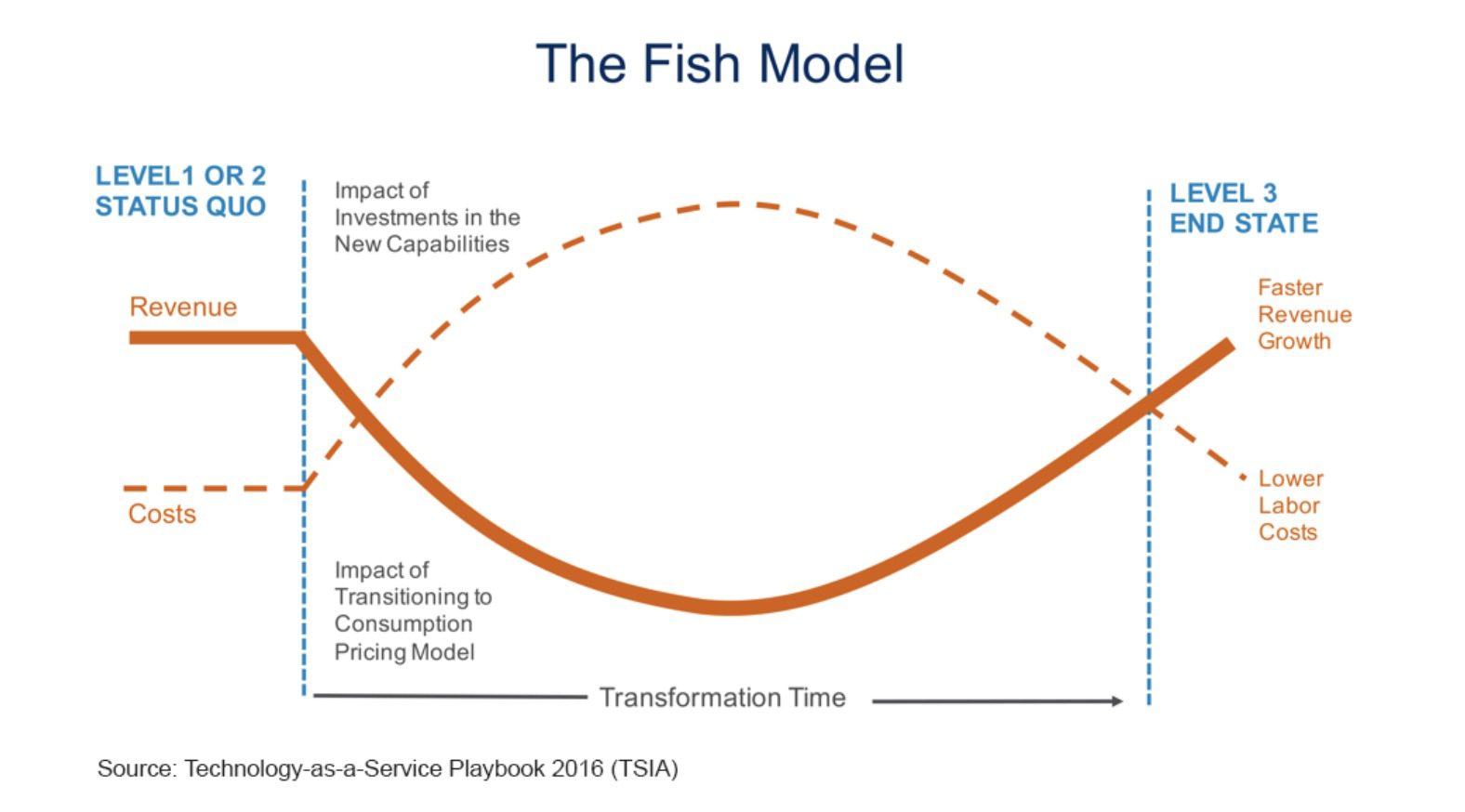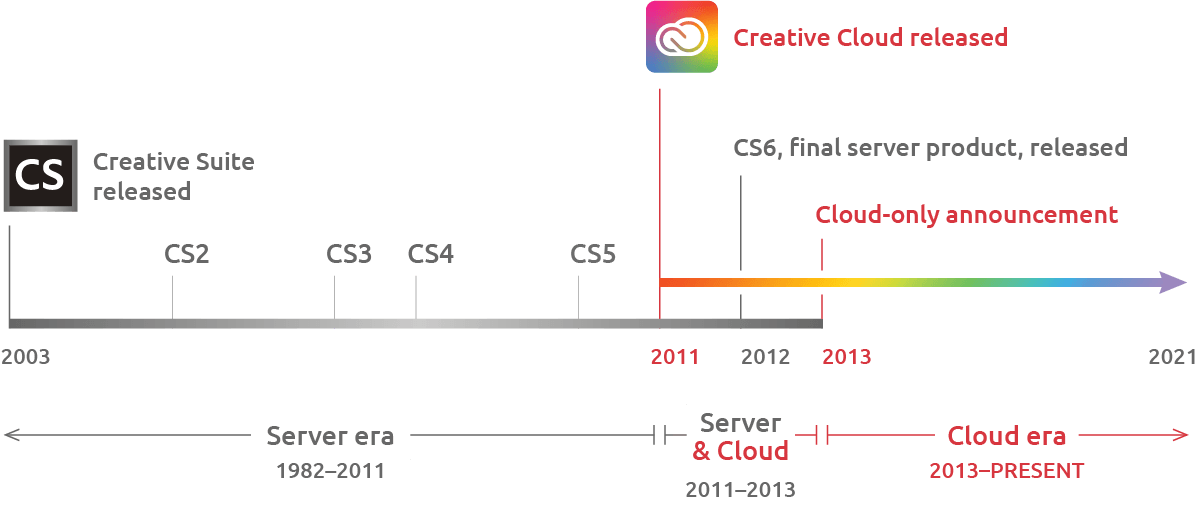The global economy evolved over time with the introduction of innovations and technologies. Subscription model has been around for some time pioneered by the media industry that has been selling newspaper subscriptions for decades. Billing solutions evolved from the service industries such as utilities and telecom requiring automation of the consumption-based customer billing. Now we see the subscription and consumption-based models coming together which gives businesses the ability to monetize business models that allow customers both to subscribe to the service and pay for it based on actual consumption and to pay for the actual value that the customer gets from the service. Subscription is a specific commitment for a specific period. The whole idea is that the customers may discontinue this commitment once they stop getting value from the service provided. I believe that value-based and outcome-based business models are the future of subscription business.
How subscription products evolved in the telecom industry?
Let us get back to the telecom industry and see how their subscription products evolved. In the past telecom providers used to sell services. The initial model allowed customers to buy a phone and choose services separately and pay for actual amount of minutes, messages, Megabytes consumed per actual month. Telecom providers can now offer you a package of services based on a monthly subscription where you have a phone and a certain amount of services included in the monthly payment. For example, you can pay a certain fixed amount per month and receive the right to use iPhone and unlimited internet and calls and 200 SMS.

This is more convenient for the customers, and clearly shows the value for money that customer is paying. This type of offering allows targeting a particular specific audience with relevant offerings that would be specifically tailored to their requirements.
The same shift is happening in many other industries. In B2C we already see good examples like media that shifted from renting videotapes and DVD disks to fixed cost monthly subscriptions. The transportation sector offers a variety of usage-based services like car-sharing, electric scooters, public transport subscriptions, etc. Retail products are bundled in subscription boxes. The same transition is happening in B2B where we see classic manufacturers who had been selling one-time products for centuries, started introducing software and complementary services that are being sold based on subscription. Some of them have already developed the next level of subscription monetization by introducing their classic products as a service.
Customers are searching for output and value instead of buying a product, that is one of the primary reasons for the shift from selling products to selling subscriptions. For manufacturers, this change requires multi-dimensional complex solutions. When companies begin selling products as a service, a new set of issues arises propelling manufacturers towards decisions enabling them to keep the profitability while bringing value to customers so that they would continue using the service and pay for subscriptions.
When companies transition to a subscription-based business?
When companies transition to a subscription-based business their revenue could drop, as they move from large upfront contracts to smaller monthly fees for a product subscription. Simultaneously, their costs climb when they invest in new capabilities and infrastructure to support their new services. Their profits decrease or perhaps go negative. Now they do not receive a large lump sum fee for making a one-time transaction, they rather receive monthly fixed payments and provide additional services, which become their new way of gaining profit. This is why, following the transition to a subscription-based model, the revenue might drop at the beginning but would positively affect the long-term return.

IT industry is a perfect example of transition from a classic one-time software sale with upfront payments to cloud subscription sales based on recurring payments. We see many companies like Adobe, Microsoft, SAP, and others who switched to the subscription model or are currently on the way.
Adobe made its customers move to a subscription-based model pushing perpetual license owners to transition by introducing different attractive product bundles and additional services. It was a high-risk process that affected the company operations and financial performance in a short term but positively affected the company’s long-term performance.

Another example is SAP where the cloud subscription model coexists with classic on-premise software, allowing customers to smoothly transition and consume the most recent innovations from the cloud while allowing them to get the most from their existing investment. This approach to transitioning the business carries a lower risk and does not jeopardize the company’s performance (like in the Adobe example), but at the same time, it does not allow to boost growth at the same pace.
The same approach could be adopted by manufacturing companies which could opt for a milder and safer option instead of an all-in high-risk approach.
In the next part, we will explore these options and give recommendations in respect of how to start the transition process and what is required for a successful subscription model implementation.
